
CivicArt Methodology Guide Now Available for Download
We are excited to release the CivicArt Methodology Guide — a practical, hands-on companion for youth workers, educators, artists and activists who connect civic learning
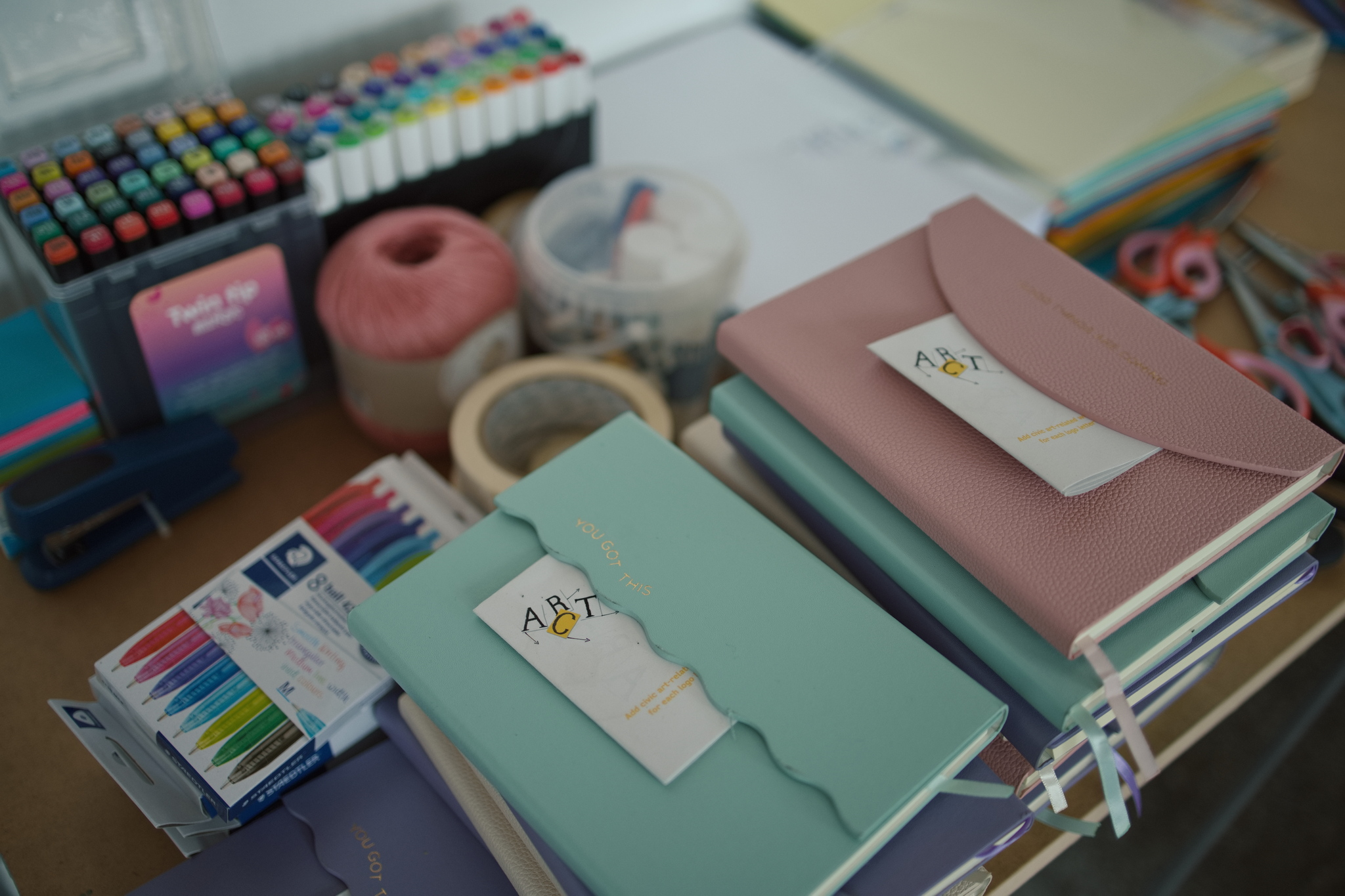
The CivicArt consortium team has completed a study on the use of artistic practices in civic education for young people in Ukraine and Georgia. The final report contains the results of an analysis of the needs, preferences and challenges faced by youth workers, educators, artists and artivists in implementing artistic practices and artivism in civic education.
The study results demonstrate a high interest in using visual arts and performances to draw attention to important social issues. Almost half of the respondents expressed interest in holding exhibitions discussing social issues, and a third supported the idea of organizing performances and art installations. Thematic exhibitions with master classes, mobile workshops, and socially oriented art events were also mentioned.
The report contains a detailed description of the research methodology, the Ukrainian and Georgian contexts for the development of civic education and youth participation, as well as a direct overview of the results and recommendations on topics, formats and opportunities for including artistic and artivistic practices in non-formal education.
This report would be useful not only for the further development of the project, but also for anyone interested in finding new formats of civic education for young people.
To read the full text of the report, please visit our Library.

We are excited to release the CivicArt Methodology Guide — a practical, hands-on companion for youth workers, educators, artists and activists who connect civic learning
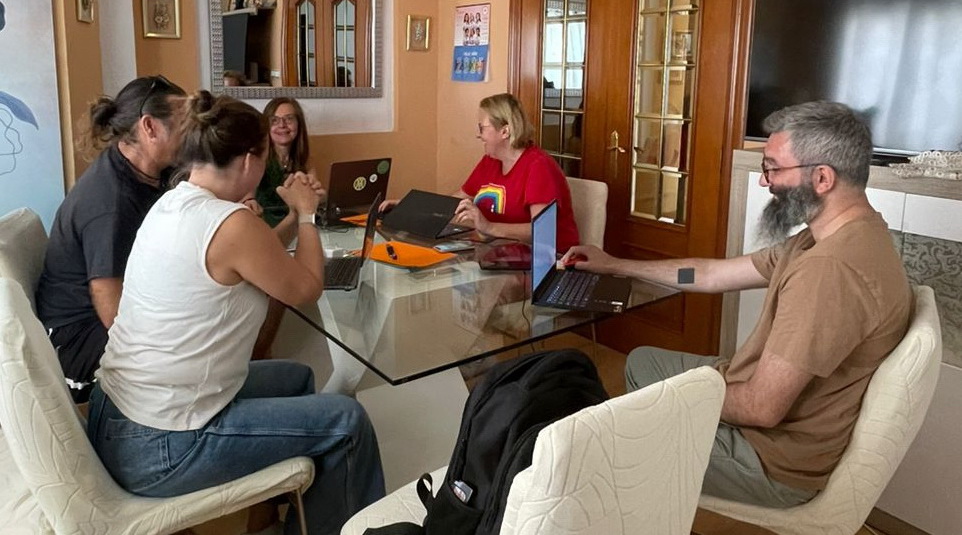
On September 12–13, 2025, the consortium partners gathered in Alicante, Spain, for an interim steering committee meeting. Representatives from Ukraine, Georgia, Germany, and Spain came
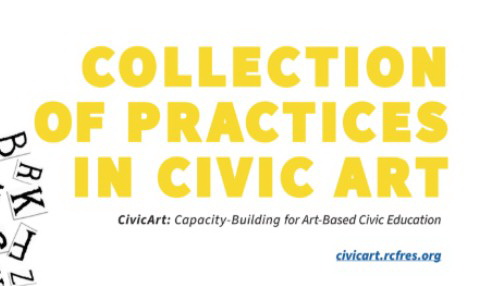
The CivicArt team has prepared a collection of good practices in artivism, which we invite you to explore in the CivicArt Library.
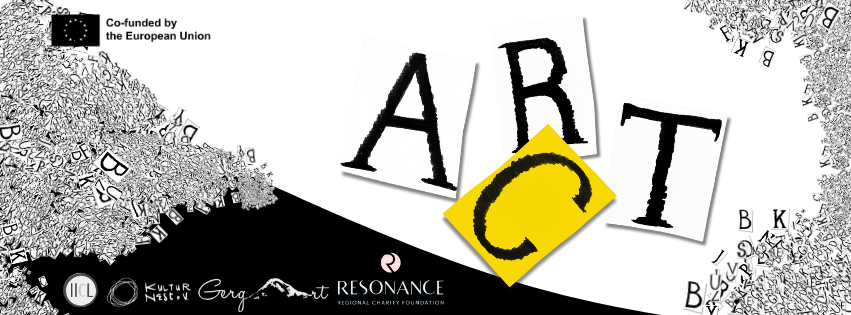
This block of activities is aimed at raising awareness of the role of art and artivism in the development of civic education, demonstrating successful examples of artivism, and inspiring the use of project products.

The meeting will be aimed at formalizing the international CivicArt Alliance network. The event brings together representatives of the Consortium and their partners, including representatives of formal education institutions, artists, and youth NGOs that participated in the project activities. The total number of participants is 20 persons.

Local activities are scheduled for the first half of 2026. Participants of the study visit and training course will have the opportunity to practice the newly developed competencies in their communities.

Estimated timeframe – April-June 2026. The campaign is part of the follow-up training activities. Participants will be invited to create digital artistic content that contains an educational component.

The estimated date of the training is February 2026. The call for participants will be announced in October 2025. The training will aim to strengthen the capacity of youth workers from Ukraine and Georgia to implement non-formal civic education activities through artistic tools.
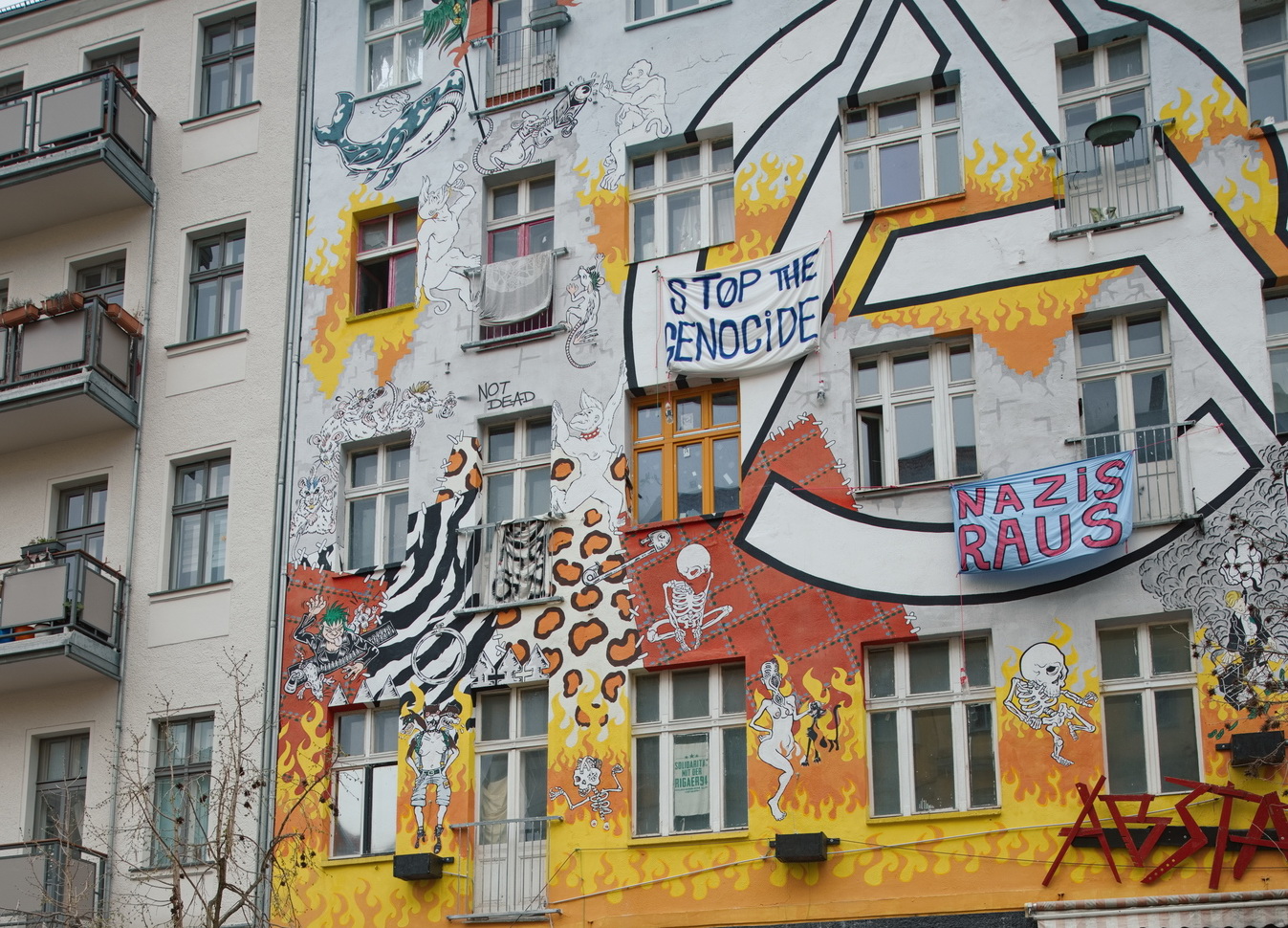
In March 2025, CivicArt brought together young changemakers from across borders in Berlin to explore the power of artivism – where art becomes a tool for civic education, dialogue and transformation. This documentary captures the full journey – creative workshops, inspiring conversations, moments of reflection and the spirit of collective action.
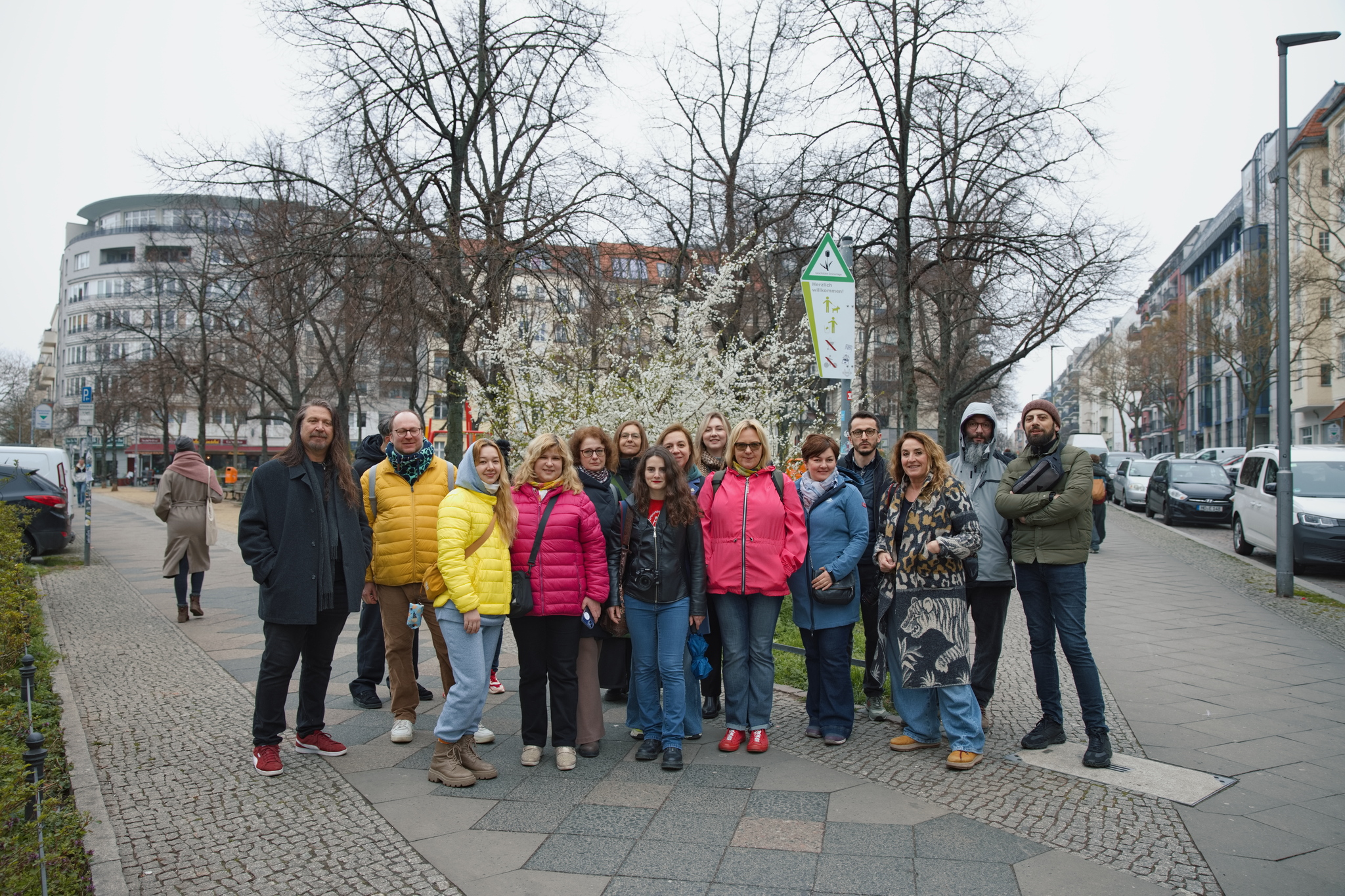
From March 25 to 31, 2025, 15 participants from Ukraine and Georgia, along with partners from Spain and Germany, took part in a study visit in Berlin. The visit was organized with the financial support of the European Union as part of the CivicArt project. It was hosted by our German partners from KulturNest e.V., who introduced us to local artistic and performing arts initiatives.
Co-funded by the European Union. Views and opinions expressed are however those of the author(s) only and do not necessarily reflect those of the European Union or the European Education and Culture Executive Agency. Neither the European Union nor the granting authority can be held responsible for them.
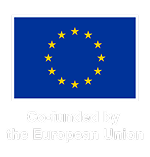
Accessibility
visibility_offDisable flashes
titleMark headings
settingsBackground Color
zoom_outZoom out
zoom_inZoom in
remove_circle_outlineDecrease font
add_circle_outlineIncrease font
spellcheckReadable font
brightness_highBright contrast
brightness_lowDark contrast
format_underlinedUnderline links
font_downloadMark links